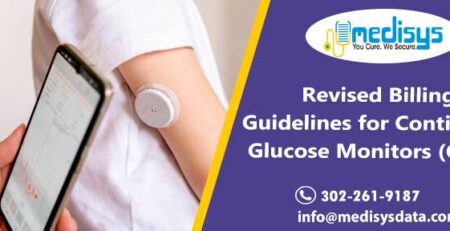You need to build strong foundation for your medical equipment billing system for which you should understand HME billing and DME billing in detail along with differences between them. Let’s start with the basics.
HME billing and DME billing are two main types of billing for medical equipment providers. It is observed that there is hardly any difference between DME billing or HME billing is concerned. DME and HME service suppliers need to meet the eligibility or the credentialing requirements as set by respective insurance companies.
DME Billing
DME is referred as all the equipment prescribed by a physician based on a medical need for patients. In this type of billing the location of the item being used did not matter and the coding was created for tangible products, not services. While very few services were involved in the home care industry.
In order to qualify for DME, The provider need to complete lengthy and complex checklist from insurance carriers. Home assessment is first step in this checklist to ensure the item will be able to perform its purpose in a safe manner. Moreover, trained technicians must perform the item delivery, assembly of the equipment.
There must be available 24 hours a day seven days a week customer service department in case of emergency or maintenance concerns and the capability of retrieving the item from the patient when necessary.
Your billing team verifies insurance coverage and all necessary documentation and communicates with the insurance carrier on behalf of the patient. This back office process takes lots of time for training employees, resolving claims disputes, challenging incorrect reimbursements on behalf of the patient, or discovering and correcting billing claims submission errors.
If you meet the following two conditions then Medicare covers your durable medical equipment (DME)
- Your primary care provider (PCP) must sign an order, prescription, or certificate after a face-to-face office visit. In this document, your PCP must state that the required office visit occurred, that you need the requested DME to help a medical condition or injury, and that the equipment is for home use.
- Your face-to-face office visit must take place no more than six months before the prescription is written.
Once you have your PCP’s order or prescription, you must take it to the right supplier to get coverage. Be sure only to use suppliers with approval from Original Medicare or your Medicare Advantage Plan.
HME Billing
HME refers to medical equipment that is appropriate for a home environment and can be managed by a patient or non-professional caregiver. When it comes to HME billing compared with DME, you need put extra efforts for establishing an internal communication to meet patient needs, complete surveys, and attain accreditation and FDA licensure for oxygen. Moreover, there is a possibilities of state-specific regulations which needs licensure or certifications.
HME services are gaining traction day by day include physical therapists, dieticians, in-home visits from nurses ,diabetic counselors, and respiratory therapists. This services makes billing process more complex as it requires extensive training and experience from billing experts.
In conclusion, DME billing covers equipment where HME billing covers the cooperative effort for management of the use of the equipment and patient care within the home. However due to complex billing structure of DME and HME billing organizations are increasingly relying upon outsourcing better allocate its resources. We are medical billing expert and handle your DME and HME billing for reimbursement.












